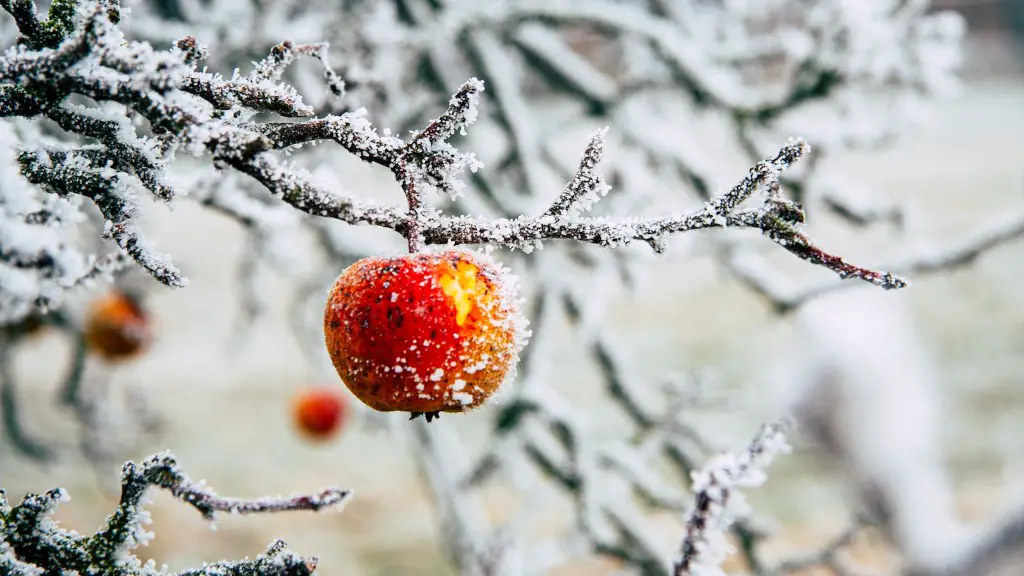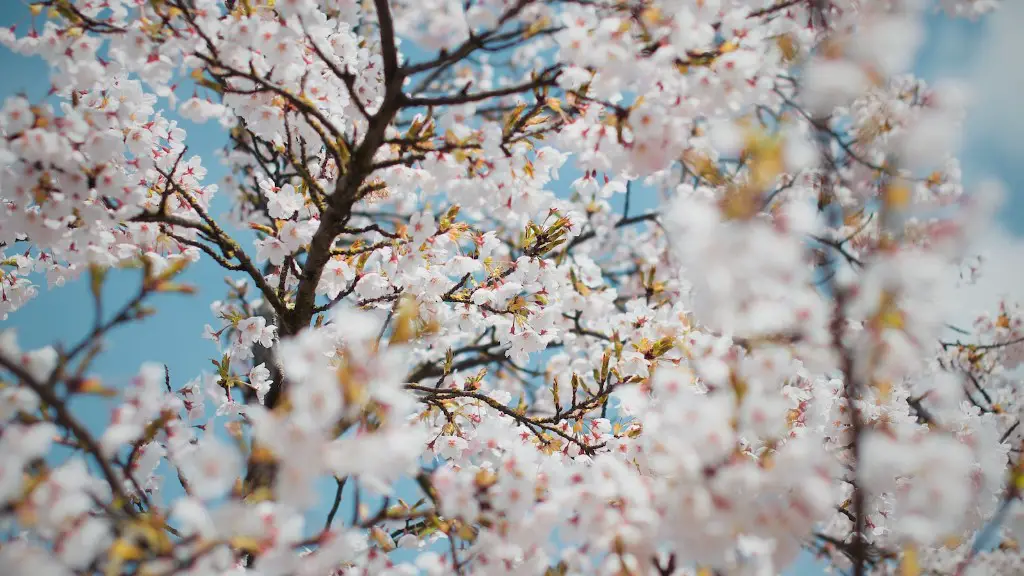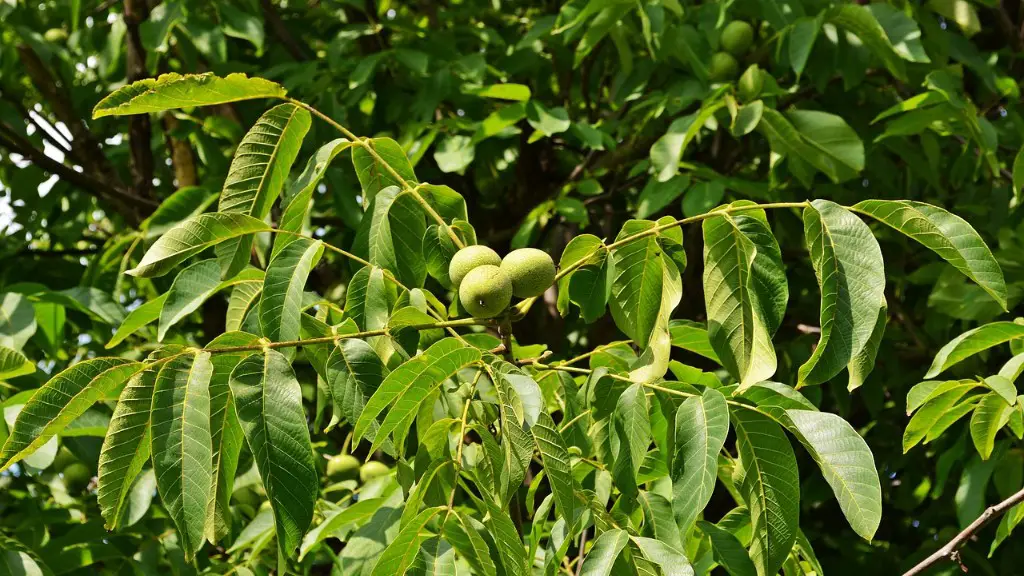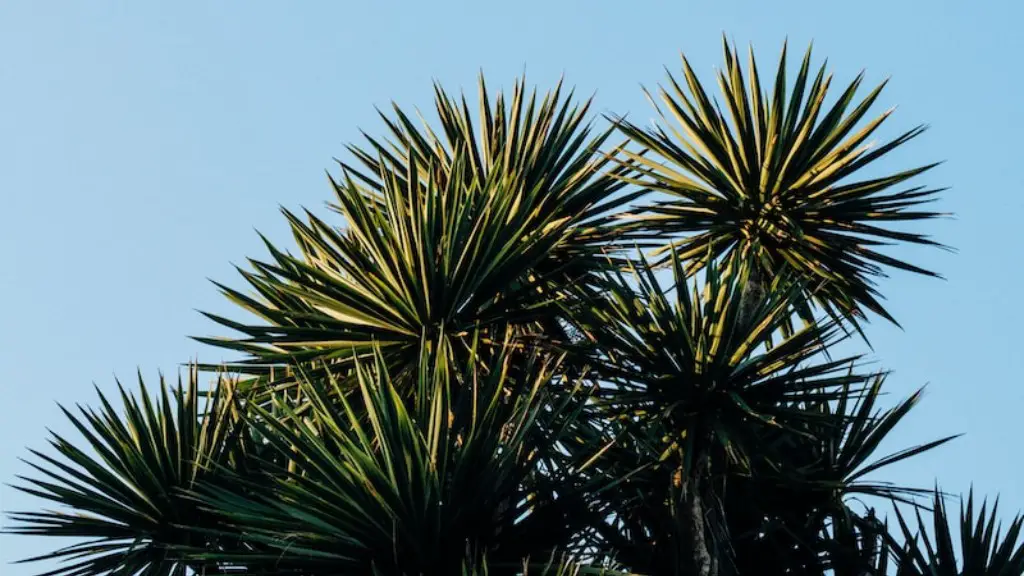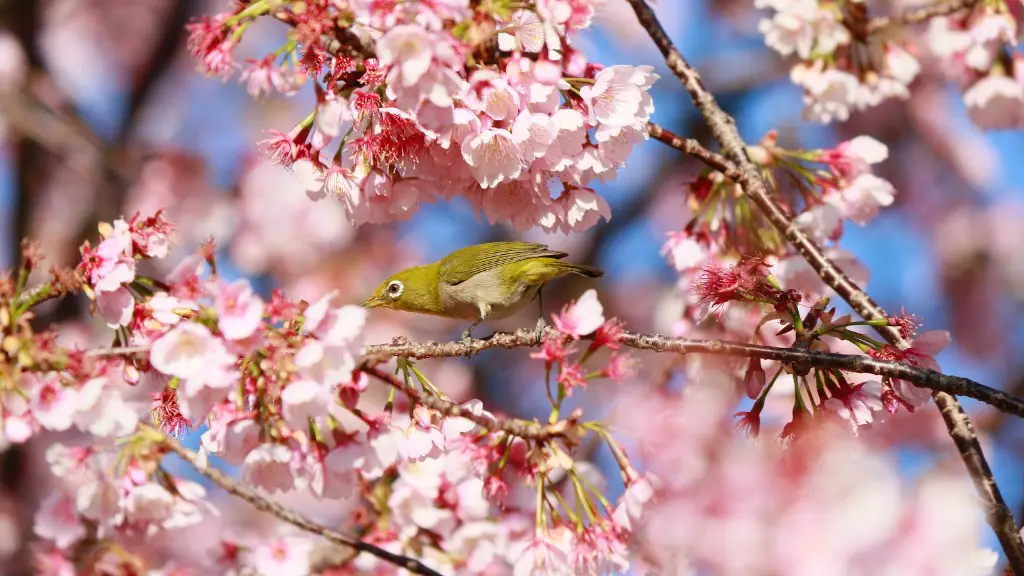Understanding why and how apple tree leaves curl is complex and remains mostly a mystery to experts. As the condition of leaf curling, known as apple leaf curling, is still being researched, various theories have emerged of its cause. One of the most accepted theories is a virus, though there is little evidence to back it up. Abiotic conditions, like a lack of water or an imbalanced nutrient are also suspects of the curling issue. This article will review several potential causes of apple tree leaf curl and guidelines to help diagnose this condition.
It is thought that the most common cause of apple tree leaf curling is a virus. Generally, viruses are spread by sucking insects, like aphids and white flies, that spread the virus from one plant to another. Unfortunately, because of their small size and subtle symptoms, viruses can remain undetected until they mutate into other forms and begin to cause more apparent symptoms.
Nutrient imbalances are also known to cause apple tree leaf curl. Whenever the tree’s nutrient uptake is imbalanced, the leaves begin to curl up. If there is an excess of nitrogen, the leaves are most likely to become yellow, while other nutrient imbalances will cause the leaves to curl up. To determine this, a soil sample should be taken and analyzed to reveal if there is a nutrient deficiency or an excess.
Too much or too little water can also cause apple tree leaf curl. When water is applied unevenly throughout the year, the tree can become overly stressed and the leaves will curl up as a defense mechanism. On the other hand, the tree may be receiving too much water, or its roots may be shut off from oxygen, which happens when water submerges its roots for too long. It is essential to get the proper amount of water to the tree so as to maintain an optimal moisture level throughout its life.
Finally, extreme weather conditions can cause apple tree leaf curl. During hot and arid climates, the leaves can become dehydrated, leading to leaf curl up. Cooler temperatures, combined with strong winds, can also cause leaves to curl up in order to protect themselves.
Viruses Causing Apple Tree Leaf Curl
Viruses are one of the most common causes of apple tree leaf curl. Generally, they are spread by sucking insects, like aphids and white flies, that inject a virus into a tree’s leaves. Symptoms are often quite subtle, like small swollen areas or abnormal discoloration of a single leaf or twig. In some cases, the leaves may become twisted, curled or discolored.
Unfortunately, because of their small size, viruses are difficult to detect. If untreated, the virus can spread to other parts of the tree, causing further damage. In order to avoid this, it is important to monitor the tree regularly to identify any signs of infection. If symptoms are spotted, treatment should be sought as soon as possible.
Viral infections can be treated with a variety of methods, including fungicides and other pesticides. Typically, fungicides are used to control and eradicate the virus, while other pesticides are used to reduce the spread of the infection. Taking the right measures early can prevent the infection from becoming severe and can help keep the tree healthy.
It is also important to note that if a virus is suspected as the cause of apple tree leaf curl, it is important to inspect the tree regularly to make sure the infection doesn’t spread to other parts of the tree. If it is not completely eradicated, the infection may persist, resulting in further damage and potential death of the tree.
Finally, it is important to take additional measures to prevent the spread of the virus to other trees. This includes ensuring that other trees in the vicinity are disease free, and by disinfecting tools, clothing and shoes regularly to prevent the spread of the virus.
Nutrient Imbalance Causing Apple Tree Leaf Curl
Nutrient imbalance is another common cause of apple tree leaf curl. Generally, when the tree’s nutrient uptake is imbalanced, the leaves will begin to curl up. This is usually caused by a deficiency of essential elements like nitrogen, potassium, and phosphorus. However, in some cases an excessive amount of one or more nutrients can also cause the leaves to curl up.
To determine whether nutrient imbalance is the cause of the leaf curling, a soil sample should be taken and analyzed. This will reveal the overall nutrient content of the soil, including any imbalances that may be causing the issue.
Once the cause is identified, corrective measures should be taken to restore the nutrient balance in the soil. For example, additional fertilizers should be applied to the soil to ensure all essential elements are present in balanced quantities. In addition, other factors such as soil pH should also be monitored, as this may also affect how the tree absorbs nutrients.
It is also important to note that nutrient imbalance can often be caused by poor management practices. When the care of the tree is neglected or the tree is not cared for properly, the trees will suffer from a lack of essential nutrients and be more susceptible to pest and disease infestations, which can lead to leaf curl.
Finally, it is important to follow the instructions on any fertilizer you use. Over-fertilizing can cause an excess of certain nutrients, which in turn can lead to the leaves curling up.
Water Imbalance Causing Apple Tree Leaf Curl
Water imbalance is another common cause of apple tree leaf curl. When water is applied unevenly or too much or too little water is given to the tree, it can become overly stressed and the leaves will curl up as a defense mechanism.
On the other hand, the tree may be receiving too much water, causing waterlogging of the roots, which shuts off oxygen to the roots and can cause the leaves to curl. In these cases, the tree should be watered less frequently.
It is important to carefully monitor the water levels of your tree in order to get the proper amount of water to the tree and to maintain an optimal moisture balance throughout its life. The soil around the tree should also be tested to ensure that it is not too wet or too dry.
When watering your tree, it is important to remember to water deeply instead of frequently. This will help ensure that the tree’s roots are receiving enough oxygen. In addition, mulch should be applied around the base of the tree to reduce the frequency of watering.
Finally, when watering in summer, it is better to water during the cool hours of the night or early morning. This will help prevent the leaves from drying out and curling up during the heat of the day.
Extreme Weather Causing Apple Tree Leaf Curl
In some cases, extreme weather conditions can cause the leaves to curl up. During hot and arid climates, the leaves can become dehydrated, leading to leaf curl up. The tree should be watered more frequently during these times to reduce the stress on the leaves.
Cooler temperatures, combined with strong winds, can also cause leaves to curl up in order to protect themselves. If the winds are strong enough, they may damage the leaves by tearing them apart. In these cases, the tree should be pruned regularly to prevent the leaves from being damaged.
It is also important to note that extreme weather conditions can also affect the health of the tree in general. In extreme cases, the tree may become unhealthy and die. To protect the tree from these conditions, make sure that the tree is protected from wind, sun, and extreme temperatures.
Finally, when taking preventive measures, keep in mind the type of tree you have and the climate in your area. Some trees are more resistant to extreme weather than others, so be sure to choose a tree that can withstand the local climate conditions.
Pests Causing Apple Tree Leaf Curl
Pests can also cause apple tree leaf curl. Generally, pests feed on the leaves and cause damage to the tree, which can lead to leaf curl up. Common pests such as aphids, caterpillars, and mites can cause damage to the leaves, while larger pests like rodents, deer, and rabbits can eat the leaves, which causes the leaves to curl up.
To prevent pests from attacking the tree, it is important to practice good gardening practices, such as removing any debris or dead leaves around the tree. This will help reduce the chances of the pests living and reproducing in the area.
It is also important to inspect the tree regularly and check for any signs of damage. If damage is found, and it is suspected that a pest may be the cause, take steps to eradicate the pest. This may involve applying insecticides or applying natural or organic pest control methods.
Finally, if the damage is severe, it may be necessary to remove the affected leaves and branches to contain the infestation. This will help prevent the spread of the infestation to other parts of the tree, and help the tree heal faster.
Diseases Causing Apple Tree Leaf Curl
Diseases can also cause apple tree leaf curl. Generally, diseases are spread by insects, over-watering or by entering through wounds.Common diseases that can cause apple tree leaf curl include scab, cedar apple rust, and fire blight.
Scab is a fungal infection that causes the leaves of the tree to curl up or become covered in small lesions. In some cases, the infected leaves may fall off the tree. To treat scab, fungicides should be applied to the affected area to help the tree recover.
Cedar apple rust is another fungal infection that affects apple trees. It causes the leaves to curl and discolor, and in some cases, the entire branch may be affected. To treat this disease, a fungicide should be applied to the affected area.
Fire blight is a bacterial infection that causes the leaves of the apple tree to curl up, with the tips of the leaves turning brown or black. The disease can spread quickly and is difficult to treat. To control fire blight, it is important to prune any affected branches and remove any dead or diseased leaves from the tree.
Finally, it is important to monitor the tree regularly to identify any signs of disease. If a disease is suspected, take the necessary steps to manage it and help the tree recover. Once the disease is eradicated, the leaves should be restored to their healthy state.
